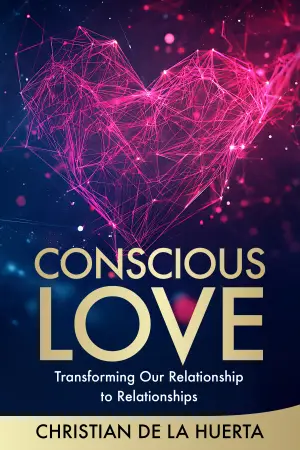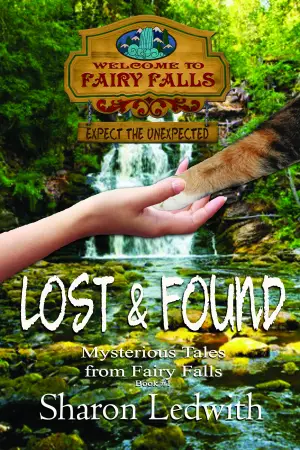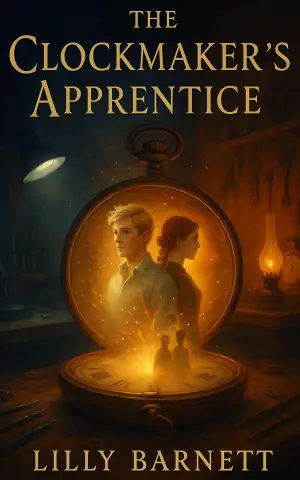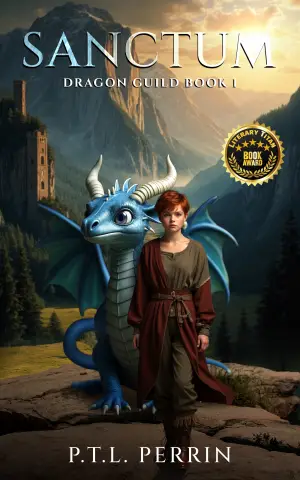A Journey to the Heart of Darkness: Reflecting on Interview with the Vampire
Diving into Anne Rice’s Interview with the Vampire felt like strolling through a moonlit cemetery: beautiful, haunting, and slightly perilous. I’d heard whispers about its profound impact on vampire lore, and after taking a leap into this 40th Anniversary Edition, I found myself utterly captivated. Rice’s prose envelops you in a world rich with sensuality and existential dread, making you question not just the nature of vampirism but what it means to be human.
The story unfolds through a poignant interview with Louis de Pointe du Lac, a vampire recounting the saga of his life (or unlife) to a reporter. Through Louis, Rice introduces us to a tapestry of themes: the perpetual struggle between good and evil, the complexities of immortality, and the bittersweet nature of love and fidelity. Louis’s conflict is palpable; he embodies a character torn between his former humanity and the weight of his vampiric existence. His journey forces readers to grapple with the darker side of desire, power, and mortality.
One of the most striking elements is the juxtaposition of Louis’s melancholic introspection against the flamboyantly hedonistic Lestat, his creator. Lestat’s bravado and selfishness starkly contrast with Louis’s brooding nature, creating a dynamic that oscillates between love and resentment. This push and pull evokes an almost tragic sense of familial ties, further intensified by their shared "daughter," Claudia—a child eternally trapped in a body of a young girl yet possessing the heart and mind of an adult. The complexity of their relationship made me reflect on parental dynamics and the loss of innocence, and Claudia’s rebellion against Lestat adds layers of tension that keep the narrative engaging.
Rice’s writing style is poetic, filled with lush descriptions that transport you to New Orleans’s dark alleys and opulent ballrooms. However, I must admit, there were moments when the pacing felt sluggish, as if it were savoring its intricacies a bit too deeply. Still, I found myself captivated by memorable lines that sang with emotion and depth—an indication of Rice’s ability to embody tortured beauty in her characters.
One of my favorite passages muses on the contradiction of vampires seeking the beauty of death while partaking in the very existence that sustains them. This entwinement of life and death, love and pain, haunted me long after I turned the final page. It’s no wonder readers like Phillip C. the Artist have found Interview with the Vampire to be transformative, comparing it to classics that have stood the test of time.
If you appreciate a narrative that beautifully plumbs the depths of the human (and inhuman) condition, you’ve met your match with this novel. It resonates with readers looking for introspective tales filled with lush, gothic flair, as well as those eager to explore the darker corridors of existence. While it’s certainly not for everyone—the pacing and dense descriptions can deter some—those willing to embrace its intricacies may find a world of their own to wander.
This book left a lasting mark on my imagination, challenging not just concepts of vampire lore, but the essence of desire, identity, and our intrinsic fears about love and loss. If you’re intrigued by the complexities of immortality wrapped in vivid storytelling, Anne Rice’s Interview with the Vampire might just rekindle your own passionate exploration of literature’s darker side.






